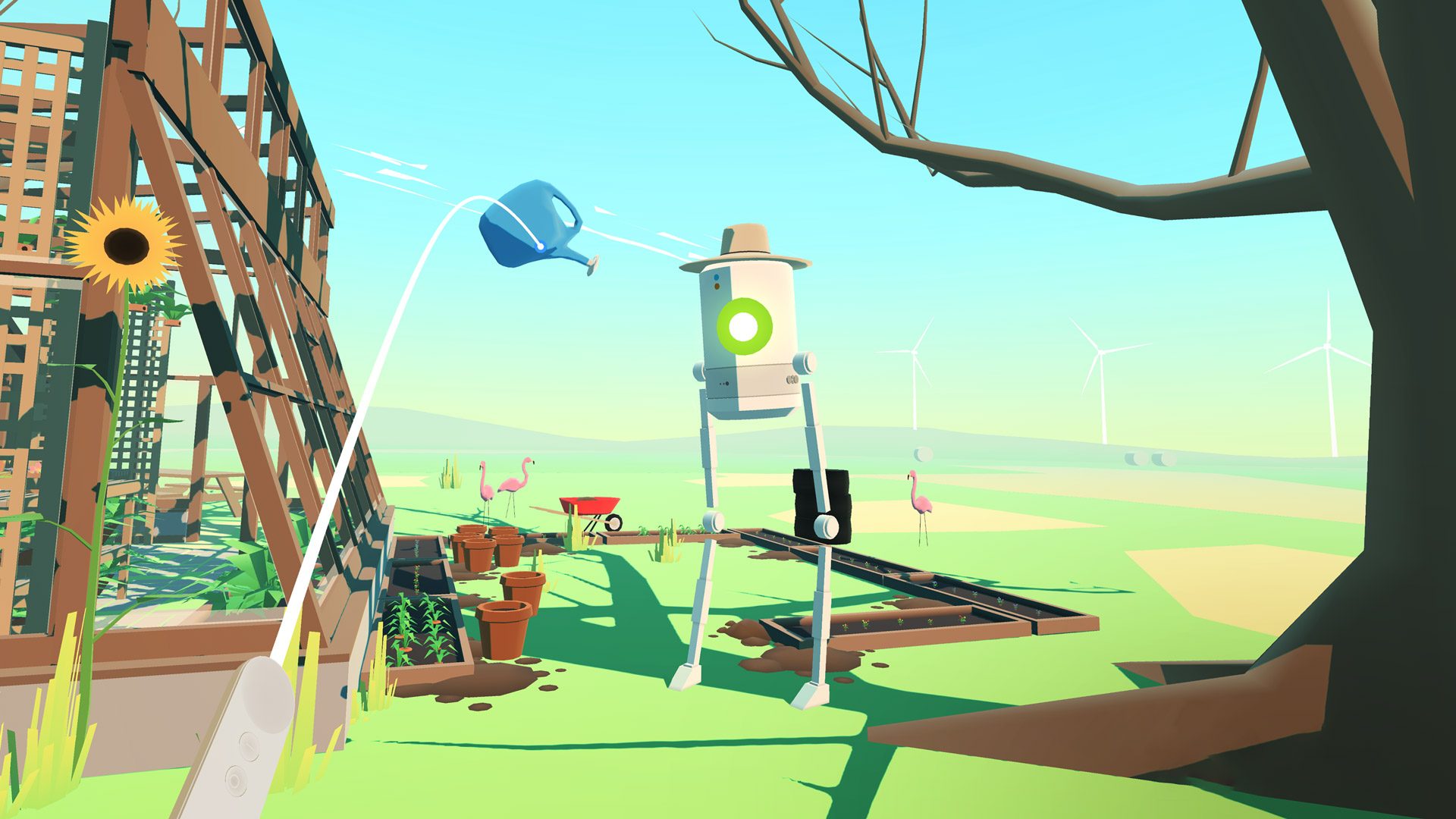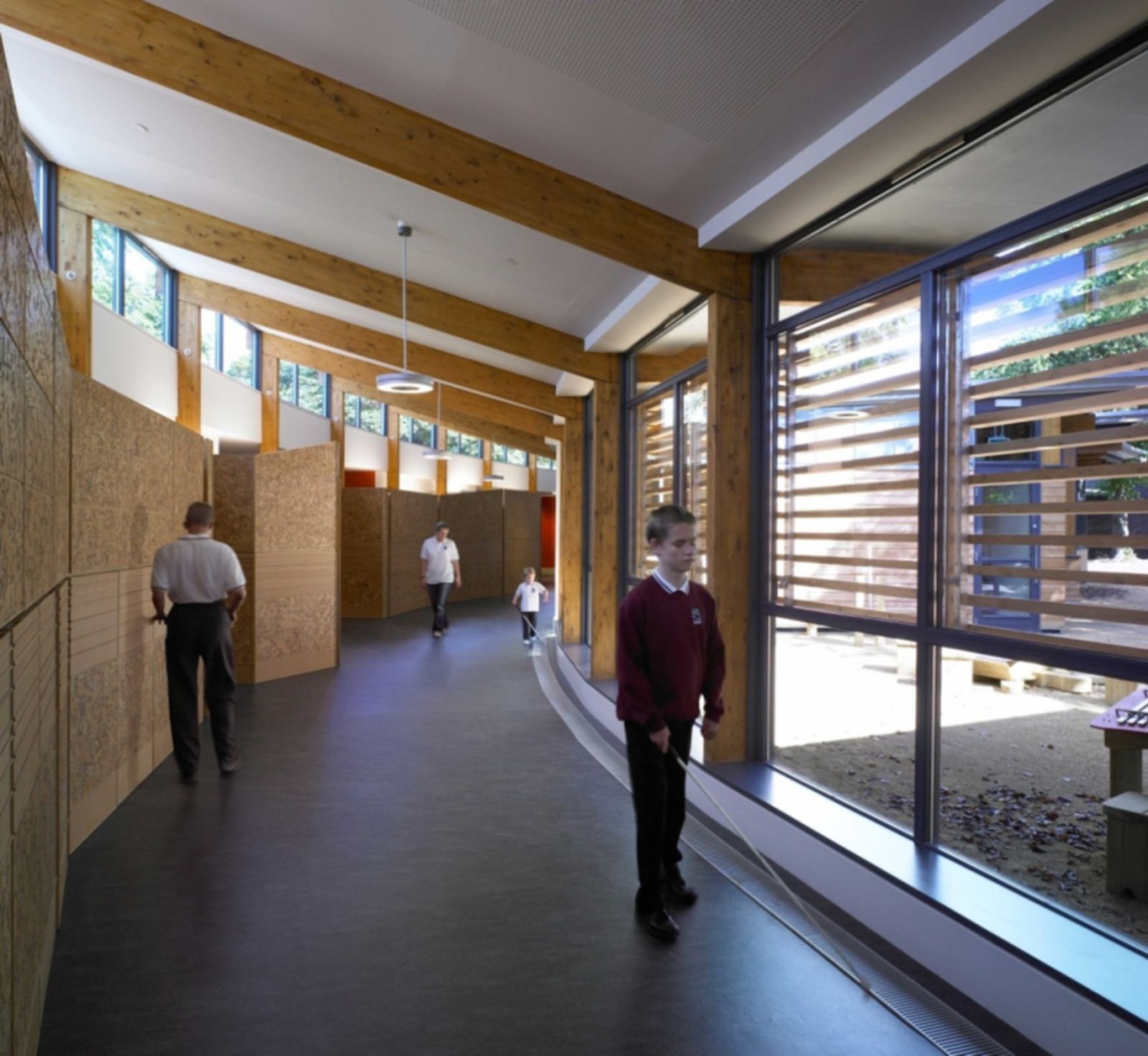It seems as though environmental design is becoming more and more popular as of recently, in part due to its ties in accessibility and unification. It only makes sense that eventually environmental design will be adopted by digital mediums. VR is still far from accessible to a large number of people but, similarly to the smartphone I think it will slowly creep into people’s daily lives. If not VR then augmented reality will perhaps have some revolution in the future.
Design related fields will without a doubt be affected by a rise in virtual/ augmented reality. VR can create experiences that wouldn’t be possible otherwise during the design process. The most obvious applications would be in architecture and environmental design. With VR we can present and explore an area before it is constructed and finalized. We can also use VR to see how a 2d design might interact in a certain environment as well. This could make it a needed tool for designers of the future.
VR won’t only change the design process, it will change how everyone interacts with design and the perception of design as well. VR will give designers and creatives a whole new digital medium to explore. With this exploration will come many new creative projects and inspiration. There are already some interesting interactive pieces being created for VR. Samantha Gorman is the founder of Tender Claws which is an award winning games and art studio. They create interactive stories through VR experiences. Their work shows that powerful stories and messages can have a playful exterior that is boosted by the fact that it is done through VR.

Despite all the great stuff that VR could do for the field of design there are still major accessibility issues currently. VR can be pretty expensive with cheaper VR headsets coming in at around 200-300$. On top of that VR headsets don’t have the same global appeal as smart phones or computers. The VR headset is too much of an accessory still for it to become a new standard. There are promising signs that point towards the growth of VR in the future. In surveys people often say they would buy a VR headset if it was cheaper. VR headsets also may become more popular for architectural work as well as other fields that deal in 3d design or development.



